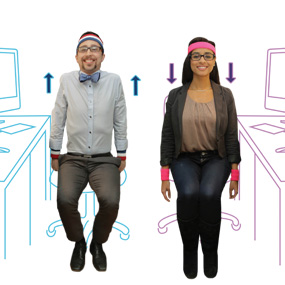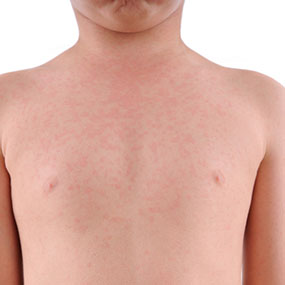Get a step-by-step breakdown
of how the health care reform law works, who is now eligible, and what
happens if you already have health insurance.
The Affordable Care Act stirs up lots of questions. As we near the
October 1 open enrollment date, you may have some, too. Here, we’ve answered
some of the most frequently asked questions and help you find ways to buy
insurance if you’re in the market.
How does the Affordable Care Act work?
Beginning in 2014, the health insurance rules are changing. Health
insurance providers cannot deny you coverage if you have a pre-existing
condition or illness or have been previously denied coverage. Every person who
wants health insurance coverage will be able to buy it.
Advertisement
Here’s how it works: Additional clients in an insurance plan mean
insurance companies can collect more money through insurance premiums. That
also means they have more doctors and hospitals to pay. To make up for this
greater expense, the law requires all people who can afford it to buy health
insurance. The trade-off: Healthier individuals who will not use their
insurance coverage often offset the expense of individuals who rely more
heavily on their insurance. People who do not participate in the health
insurance exchange and do not purchase insurance will have to pay a penalty.
Who is eligible to purchase health insurance through the Health Insurance Marketplace?
People who live in the United States, U.S. citizens or nationals, and those
who are not currently in jail are eligible to purchase health insurance through
the federal health insurance exchange.
Residents of a U.S. territory, such as Puerto Rico or Guam, are not
eligible to purchase health insurance through the Marketplace.
When can I purchase insurance?
The first open enrollment period begins October 1, 2013 and ends March
31, 2014. During that timeframe, you can submit an application for health
insurance and receive offers from health insurance companies for plans that
meet your needs. Depending on your state, the Marketplace is maintained either by
your state government or the federal government.
Once the open enrollment dates end, you cannot apply for health
insurance until the next annual open enrollment period begins. However, an
exception can be made if you experience a qualifying life event—such as the
birth or death of a family member. If you or your family has a life event that
changes your health insurance status, you will be able to alter your insurance
plan coverage to reflect your new status.
When will my insurance take effect?
Your insurance coverage can begin as soon as January 1, 2014. Depending
on when you purchase your insurance, your start date may be different.
My employer provides health insurance. What does the open health care exchange mean for me?
As long as your employer continues to provide you with health insurance
and it meets the minimum essential coverage requirement, you will not have to
pay a fee. If you lose your job, you may be eligible to use the health care
exchange to find new health insurance.
Advertisement
What happens if I do not want to buy health insurance?
Under the Affordable Care Act, every person who can afford to take
responsibility for their own health insurance must do so or face a penalty. If
you choose not to purchase health coverage, you may have to pay a fee. You also
lose all protection against bankruptcy or financial burden in the event you
suffer a serious or catastrophic health event and need medical care. That can
be very expensive. (Currently, people without health insurance can receive
medical care and assistance to cover the costs of that care if they cannot
afford to pay for it. If you do not purchase insurance, you will not have these
protections once the insurance exchange begins.)
How much is the fee?
In 2014, people who do not purchase health insurance will be required
to pay 1 percent of their yearly income or $95, whichever is higher. Parents
who do not purchase health insurance for their children will be required to pay
$47.50 per child. For the year 2014, the maximum penalty for a family is $285.
After 2014, the penalty will increase every year.














































